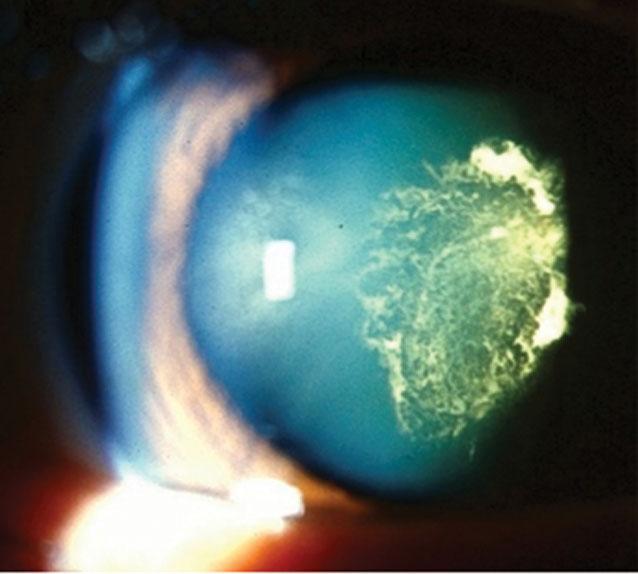 |
|
This research revealed significant inverse associations between higher intakes of vitamin E, vitamin B6 and niacin and a decreased risk of developing cataracts, particularly among individuals in the high-intake groups. Photo: Julie Tyler, OD. Click image to enlarge. |
New findings suggest that higher consumption of vitamin B6 and niacin, alongside regular vitamin E intake, could potentially delay or prevent the development of cataracts. This research—published in the journal Frontiers in Nutrition—supports dietary adjustments as a possible strategy for cataract prevention and management.
Using data from the National Health and Nutrition Examination Survey (NHANES) 2005-2008, an in-depth analysis of 7,247 American adults was conducted. This represents, according to the study authors, “one of the largest sample sizes in research exploring the association between vitamin intake and cataract risk.”
Data showed a significant inverse associations between the intake of vitamins E, B6 and niacin and the risk of cataract development. This analysis indicated no significant correlation between normal or low intake levels of vitamin B6 and niacin and the development of cataracts. However, the investigators reported that higher consumption of vitamin B6 and niacin were significantly linked to a lower likelihood of cataract occurrence.
Additionally, vitamin E intake consistently showed a reduction in cataract risk at various intake levels, indicating a nonlinear inverse relationship. These findings, according to the research team, offer new perspectives on the multifaceted interactions between vitamin consumption and eye health.
Within the highest intake group (quartile 4), significant inverse associations with cataract occurrence were identified for both vitamin B6 and niacin across all models (vitamin B6: OR = 0.5; niacin: OR = 0.28). Additionally, a significant inverse correlation between vitamin E intake and cataract risk was consistently observed across quartiles 2-4 in all models.
“Vitamin E, combined with high doses of vitamin B6 and niacin, shows promise in potentially delaying or preventing cataract development,” the study authors stated in their paper. “Such findings introduce a novel dietary approach for the clinical prevention and management of cataracts, suggesting that targeted nutrient supplementation could play a key role in maintaining ocular health and mitigating the risk of cataract formation.
“This insight,” they concluded, “paves the way for further research to confirm these relationships and to determine the optimal dosages for therapeutic efficacy while ensuring safety and minimizing adverse effects.”
Zhuang G-B, Li X, Wu S-N, et al. The impact of vitamin E, vitamin B6, and niacin intake on cataract incidence based on NHANES 2005-2008 data. Front Nutr. August 8, 2024 [Epub ahead of print]. |


